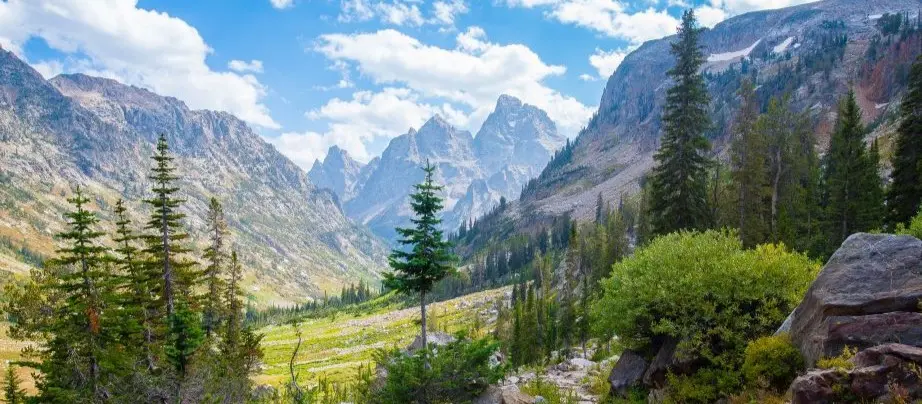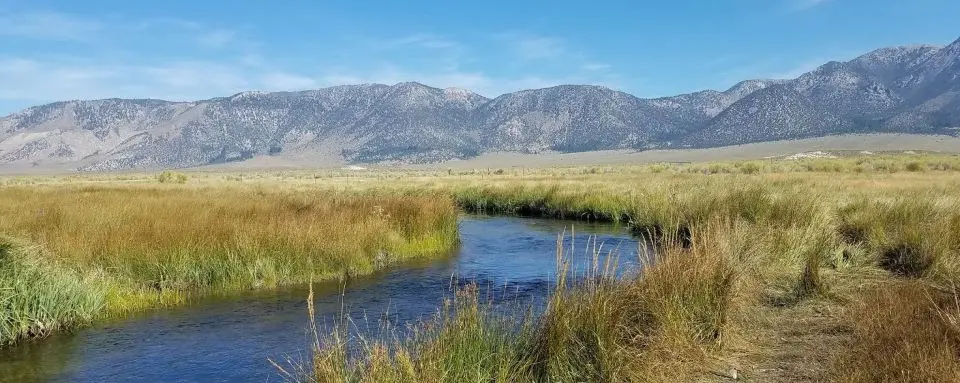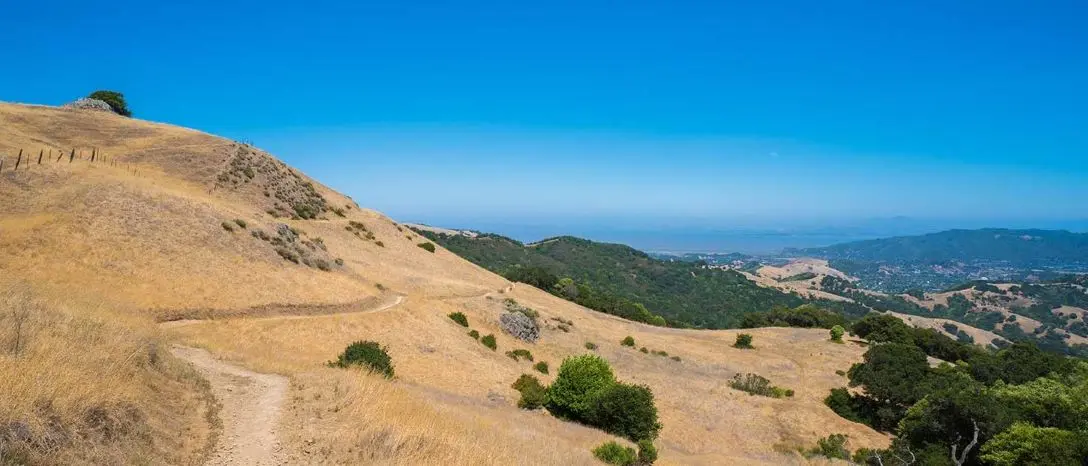Cascade Canyon in Wyoming’s Grand Teton National Park stands as an amazing testament to American Western beauty, providing visitors with a memorable journey through some of America’s most picturesque landscapes. Take time out of your visit here to explore all its splendors!
Cascade Canyon can be reached via a 9.1-mile out-and-back trail which starts near Moose, Wyoming and typically takes hikers 3 hours 45 minutes to finish, providing the ideal day hike for experiencing the grandeur of Teton Range.
Best Time for Hiking
June to October is typically considered to be peak hiking season on this trail, when snow has generally melted, wildflowers have bloomed and weather conditions tend to be more conducive. Before making plans to visit, however, always double check current conditions first, since mountain weather can change suddenly!
Cascade Canyon trail can be considered moderately difficult and hikers must arrive prepared. Achieving success means being physically in good shape as well as prepared to enjoy an entire day outdoor activity. Essential items needed on this hike include:
Provide plenty of water, high-energy snacks, sturdy hiking boots, layer clothing with sun protection features and sunblock, plus sun block. Have a map and compass (or GPS device).
Wildlife and Natural Features
Cascade Canyon is known for its diverse ecosystem and abundance of wildlife, offering visitors opportunities to encounter:
Stay at a distance while black bears forage for berries (keep safe!); various bird species including the rare and elusive Ptarmigan;
Canyon Flora
Its lush vegetation is truly incredible, from subalpine forests to meadows bursting with vibrant wildflowers in summer months and breathtaking scenic highlights as hikers progress along their trail through this magnificent canyon. As hikers progress further down their journey they’re treated to breathtaking vistas:
- Jenny Lake: This trail begins with stunning views of Jenny Lake, one of the park’s most photographed locations.
- Hidden Falls: Follow this short detour for 100-foot cascading waterfall!
- Inspiration Point: Offering panoramic vistas over Jenny Lake and its surroundings valley.
The Forks: At this part of the canyon’s entrance lies its dramatic split into North and South Forks, creating two striking canyon walls flanked by rugged mountain peaks that offer an ideal scene.
Conservation and Responsible Hiking: Two Issues to Keep in Mind When Out Hiking
Cascade Canyon’s fame comes with the responsibility of preservation. Visitors should abide by Leave No Trace principles:
Stay on designated trails, pack out all trash, respect wildlife by maintaining an appropriate distance and use established campsites if backpacking.
Camping and Backpacking
Cascade Canyon provides backcountry camping experiences. Permits may be obtained at one of the park’s visitor centers and proper food storage is essential when hiking through bear country.
Important Notes for Visitors
- No pets are permitted on this trail in order to preserve local wildlife and ecosystem.
- Starting early can help avoid crowds.
- Cellphone coverage in canyon areas may be limited, so please notify someone prior to setting out on a hiking journey.
Cascade Canyon stands as an impressive crown jewel within Grand Teton National Park. Thanks to its accessibility and the natural beauty of the Teton Range, this breathtaking canyon makes an essential visit for nature enthusiasts and hikers. Cascade Canyon provides unforgettable memories from America’s wild spaces that you will cherish long into the future.
As you plan your visit to Cascade Canyon, keep in mind that its true magic lies not only in its stunning sights but in how it fosters a connection between visitors and nature in America’s West.







